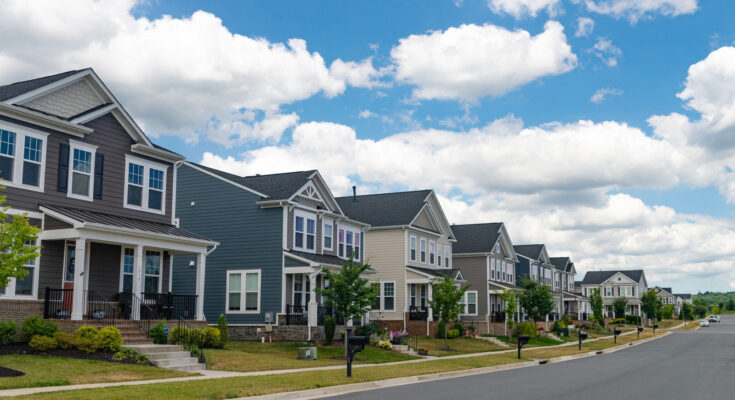Avoid This Lesser-Known Mistake When Searching For Your Dream Home
Everyone is familiar with the most important principle of real estate: location, location, location. Finding your dream home can be a complicated process, but technology is here to make it easier, right? Well… not always. Modern tech presents its own modern problems, as some Virginia residents have already found out the hard way. The culprit? Data centers.
Data centers are buildings that accommodate the servers and IT structure necessary to power computing and data storage, though they are increasingly being used to power technologies like AI and cryptocurrency. The word “building” may make you picture a power plant or warehouse, but data centers can get much, much bigger; hyperscale data centers can sprawl as far as 60,000 square feet.
Now, imagine if that was placed in your backyard. That may be an exaggeration, but for residents of Northern Virginia, it’s not that far-fetched. Zoning laws are attempting to evolve to keep data centers out of residential areas, but some neighborhoods are still facing the possibility of, for example, a five-acre center being constructed only 60 feet from the neighborhood’s boundary. No one likes living near a construction site, but people living near already-constructed data centers face an additional set of problems.
Living near data centers could negatively affect your utilities
Virginia is home to not only the highest concentration of data centers in the United States — it’s the highest concentration in the entire world, with its facilities hosting 13% of data center capacity worldwide. A 2024 Joint Legislative Audit and Review Commission (JLARC) report found that data centers in Northern Virginia require 4,140 megawatts of electricity, which is over double the amount required by the next-largest data center market in Beijing.
This doesn’t come without a cost to residents. According to the JLARC report, if data center growth continues unchecked, the power they require could lead to electricity bill increases of up to $37 more per month by 2040. So if you’re looking to live in a region with cheaper electricity prices, make sure that region doesn’t happen to be right next to a data center, or have impending plans for one.
These tech facilities also use up a lot of water for cooling. Larger data centers consume up to five million gallons of water daily, which equates to the amount used by a city of 50,000 people — and in Virginia, that’s the size of every city outside the top 15 most populous. Increased water demand for data centers could lead to less available water for residents, especially in the event of a drought.
Additional problems caused by living near a data center
Drains on electricity and water aren’t the only issues data centers’ neighbors have to deal with. There’s also pollution, especially from the data centers’ backup generators. Most data centers have two sets of generators to keep them running in case of a blackout, and these generators typically run on backup batteries or diesel. These are tested about once a month for anywhere from five minutes to half an hour. This amounts to less than 100 hours a year of testing, but it can still release diesel exhaust, nitrogen oxides, and carbon monoxide into the surrounding air.
The generators raise another issue: noise concerns. Backup batteries don’t run silently, and neither does the construction required to build new data centers. The JLARC report found that the noise was negatively affecting residents, so Virginia’s zoning laws are attempting to remedy this by requiring noise studies and keeping data centers behind walls to lessen the audio disturbance. But zoning laws vary across the country, so there’s no guarantee that the data center you moved close to will do anything to decrease the noise of living in a loud area.
In short, your dream home probably isn’t so dreamy if it’s near a data center. Be on the lookout if you’re looking at states with high concentrations of them, like Virginia, Texas, and California. When in doubt, use an online data center map to check for centers near your soon-to-be home.



